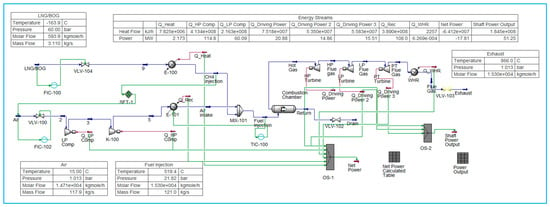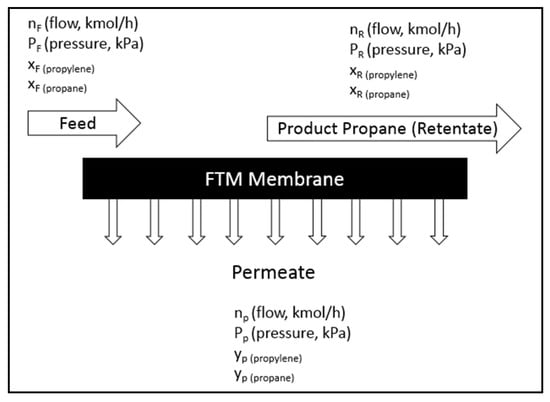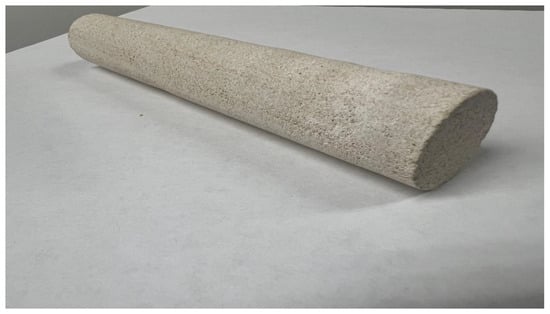- Article
Evaluation of Hydrogen-Powered Gas Turbines for Offshore FLNG Applications
- We Lin Chan and
- Arun Dev
Global carbon emissions are driving the maritime industry toward cleaner fuels, with LNG already established as a transitional option that reduces SOx, NOx, and particulate emissions relative to conventional marine fuels and in line with decarbonisation strategies. This research aimed to explore the transition of offshore and marine platforms from conventional marine fuels to cleaner alternatives, with liquefied natural gas (LNG) emerging as the principal transitional fuel. Subsequently, floating liquefied natural gas (FLNG) platforms are increasingly being deployed to harness offshore gas resources, yet they face critical challenges related to weight, space, and energy efficiency. The study proposes pathways for transitioning FLNG energy systems from LNG to zero-carbon fuels, such as hydrogen derived directly from LNG resources, to optimise fuel supply under the unique operational constraints of FLNG units. The work unifies the independent domains of pure-fuel and blending-fuel processes for LNG and hydrogen, viewed in the context of thermodynamic processes, to optimise hydrogen–LNG co-firing gas turbine performance and meet the base power line of 50 MW. Furthermore, the research article will contribute to the development of other floating production platforms, such as FPSOs and FSRUs. It will be committed to clean energy policies that mandate support for green alternatives to hydrocarbon fuels.
16 December 2025



![(a) Density of CO2 + CH4 (xCH4 = 0.25) mixtures and (b) their deviations against the MFHEA model; this work shown at (●) 223.15 K, (●) 273.15 K, and (●) 323.15 K; (– – –): MFHEA. (The average uncertainty was 0.54 kg/m3 smaller than the symbol sizes). (c) Viscosity of CO2 + CH4 (xCH4 = 0.25) mixtures; this work shown at (■) 238.15 K, (■) 298.15 K, and (■) 323.15 K; (triangles ▲▲▲): experimental data from Chapoy et al. [20]. Viscosity models: (▬): ES-NIST; (▬): LJ; (▬): SUPERTRAPP. (d): Deviation of the MD data against various models: (●): LJ; (●): SUPERTRAPP; (●): ES-NIST.](https://mdpi-res.com/gases/gases-05-00028/article_deploy/html/images/gases-05-00028-ag-550.jpg)

